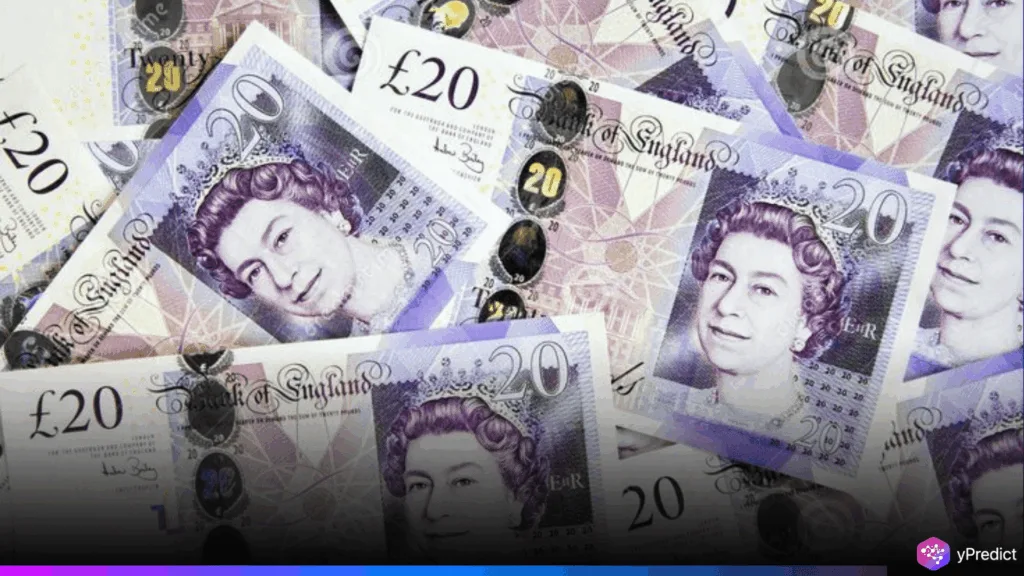
The pound sterling remains firm near 1.3590 against the US dollar. Also, markets are currently getting ready for this week’s key decisions from the US Federal Reserve and the BoE. Investors are still paying attention to policy tone and forward guidance. As a result, this is true even though it is generally expected that interest rates will not change.
Concurrently, risk sentiment is being impacted by the growing geopolitical tension in the Middle East. Furthermore, the cautious outlook is supported by UK economic data, especially when it comes to UK inflation and softening labor trends. Thus, in the days ahead, the announcements from both central banks might generate fresh market momentum.
Pound Sterling Awaits Central Bank Signals This Week
Investors are treading carefully ahead of key monetary policy decisions. On Wednesday, the Fed will provide its guidance, and on Thursday, the BoE will. While both are likely to maintain stable interest rates, currency markets will be more affected by the tone of their communications.
Following a 25 basis point rate cut in May, the BoE is anticipated to maintain its 4.25% rate. However, its “gradual and careful” easing path is being challenged by soft labor data. Additionally, in the three months preceding April, UK job growth slowed due to employers’ difficulties with increased National Insurance contributions. These challenges make the bank’s next steps less predictable.
Can UK Inflation Data Steer Market Direction?
As tensions between Iran and Israel escalate, international risk assets are being put under more pressure. Israel has threatened to intensify its attacks if Iran persists in its missile strikes. However, Iran has threatened to close a vital oil route, the Strait of Hormuz. Investors are being cautious because of these threats.
UK economic data is still crucial in the interim. Wednesday’s release of the May Consumer Price Index (CPI) will provide new information on inflation in the UK. Furthermore, although any surprise could change expectations for the BoE’s next move, markets expect a moderate increase in price pressures. Therefore, if UK inflation is higher than expected, the BoE may delay further rate cuts.
Technical indicators show that the pound sterling is struggling to break above 1.3600. With 1.3434 acting as short-term support, the pair is still held within a narrow range. Strong bullish signals have not yet been seen from momentum indicators such as the 14-day RSI. A clear breakout above 1.3600 is necessary for it to start moving higher again.
Investors Stay Cautious as Market Awaits Clarity
Future central bank sentiment and market response to UK inflation data will determine the short-term trend of the GBP/USD exchange rate. There may be some short-term pressure on the pound sterling if the Fed maintains its hawkish stance. Additional downside could follow if the BoE also signals continued caution.
The GBP may gain from broader shifts in global monetary policy. In particular, signs of easing from the US later this year could offer support. Additionally, analysts think that political priorities may have an impact on the BoE’s future actions in addition to data.
Final Thoughts
Investors are still wary as important monetary policy decisions and UK data are forthcoming. In the upcoming weeks, central banks will set the tone and perhaps the trend. Therefore, if guidance or inflation data surprises, volatility could return quickly. Until then, the currency is likely to remain range-bound. Thus, a lot will depend on how inflation fits into the cautious approach taken by central banks.







